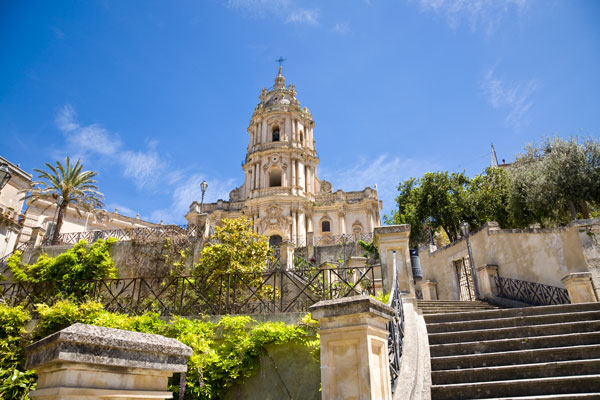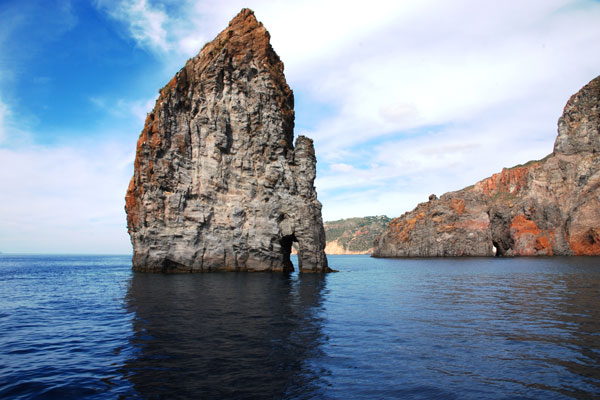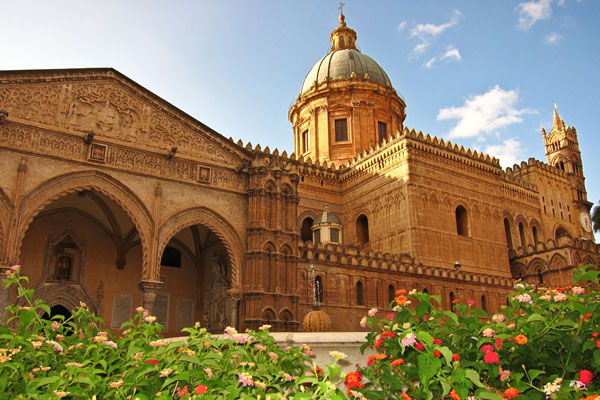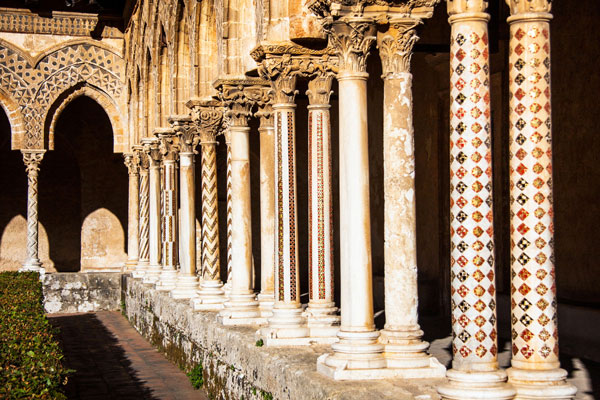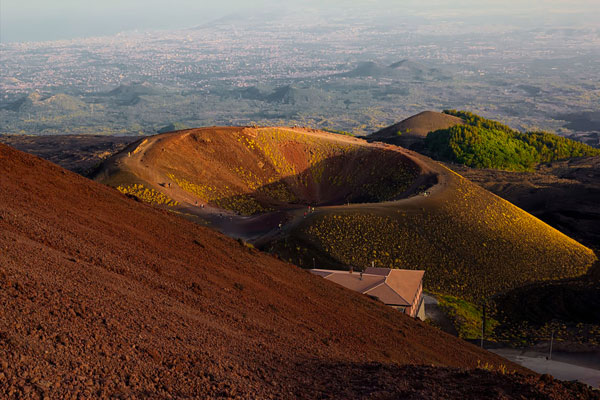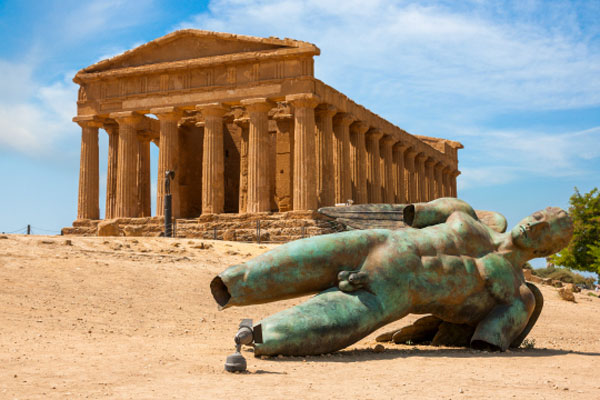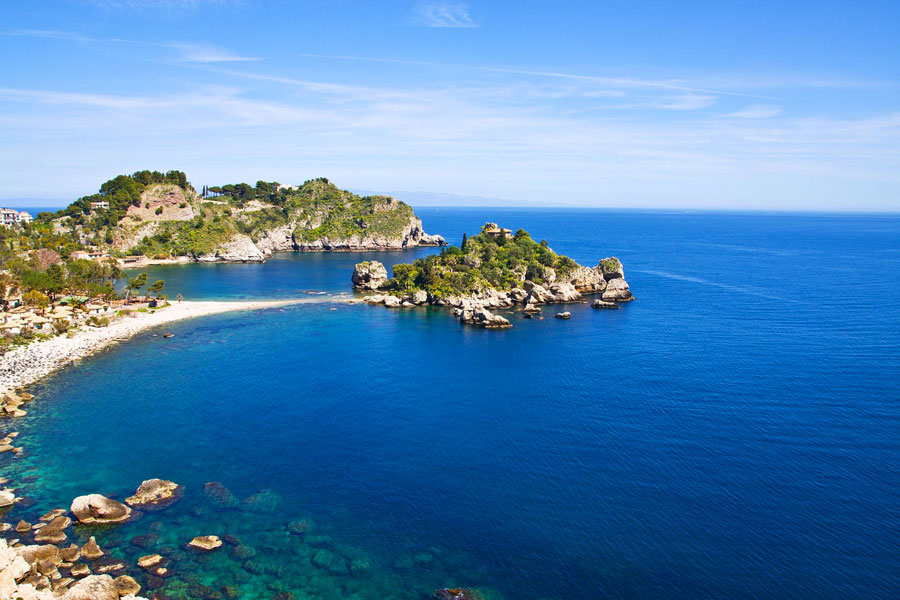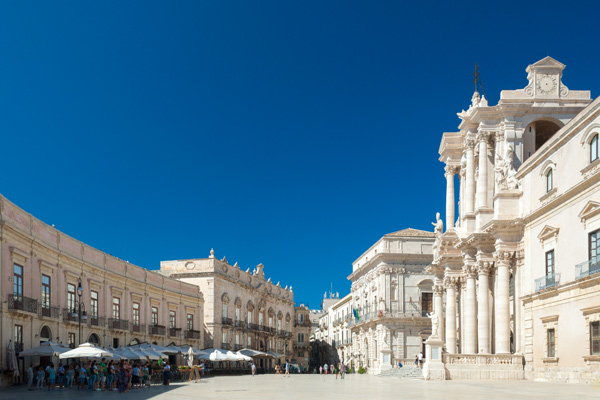UNESCO heritage in Sicily
To celebrate Palermo inclusion within the UNESCO heritage in Sicily, we have planned a tour that will lead you in all the Sicilian sites on the list.
The UNESCO world Heritage’s list counts up a thousand and seven places of which fifty-one in Italy, the greatest number respect the other one hundred and sixty-three members. The UNESCO heritage in Sicily protects seven physical sites plus an intangible one thanks to the tormented history together with the millenary culture and the luxuriant Nature of the island.
In the list of physical sites the UNESCO heritage in Sicily boasts: The Valley of the Temples in Agrigento, the Roma Villa del Casale in Piazza Armerina since 1997, the Aeolian Islands since 2000, the Late-Baroque towns in Val di Noto since 2002, Syracuse and the rupestrian Necropolis in Pantalica since 2005, Mt. Etna since 2013, the Arabic-Norman city of Palermo since 2015.
The intangible site included in the list of UNESCO heritage in Sicily ‘s “ Oral and Intangible Heritage of the Humanity” in 2008 is the Opera dei Pupi (Sicilian Puppet Theatre), a popular tradition spread all over the Island thanks to the Cantastorie (ballad singers) who used to sing the deeds of the heroes of Charles Magne Cycle employing peculiar puppets called “pupi” that were manhandled by a wire and iron bars.
For this journey to discover the UNESCO heritage in Sicily’s sites Uzeda Viaggi propose you:






